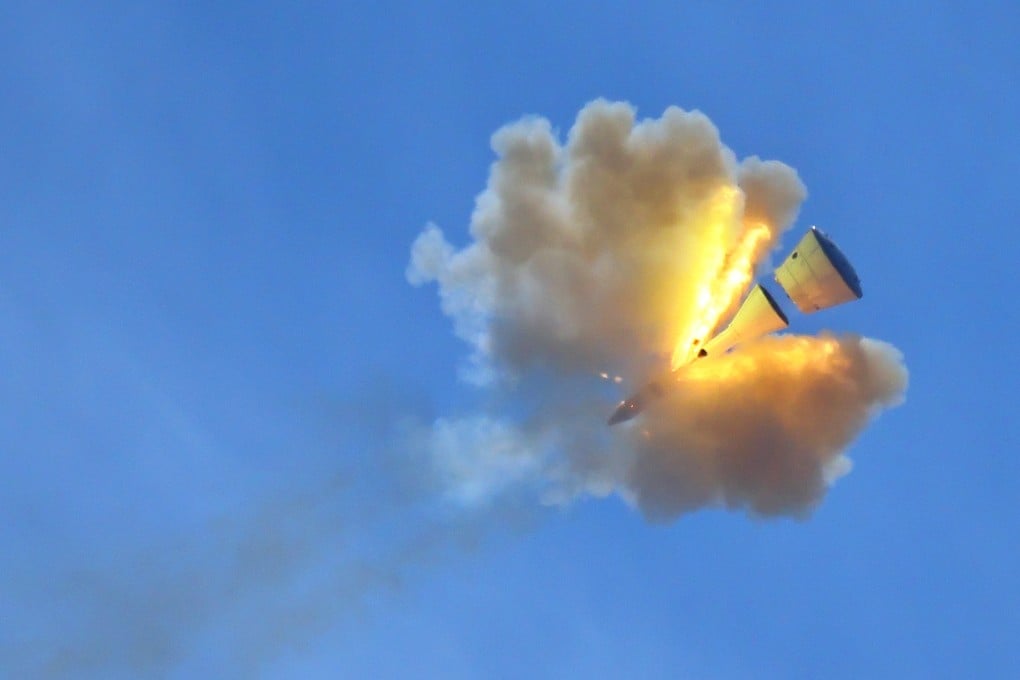Mengzhou spacecraft for China’s moon-landing mission passes landmark test flight
In safety test, safety capsule touched down with airbag cushioning to ensure astronauts survive during rocket failures at lift-off

At midday on Tuesday, the spacecraft’s escape engines ignited while grounded at the launch complex. Within 20 seconds, the return capsule reached its designated altitude and cleanly separated from the escape tower as parachutes deployed.
The capsule subsequently touched down within the predetermined landing zone using an airbag cushioning system, marking the test’s success.
This safety test – designed to ensure the crew survive if the rocket fails during lift-off – simulates emergencies in which astronauts must be rapidly extracted from danger zones during a vehicle’s most vulnerable launch phase.
It China’s first test of this kind since 1998, when a similar trial was conducted for the Shenzhou spacecraft programme.
